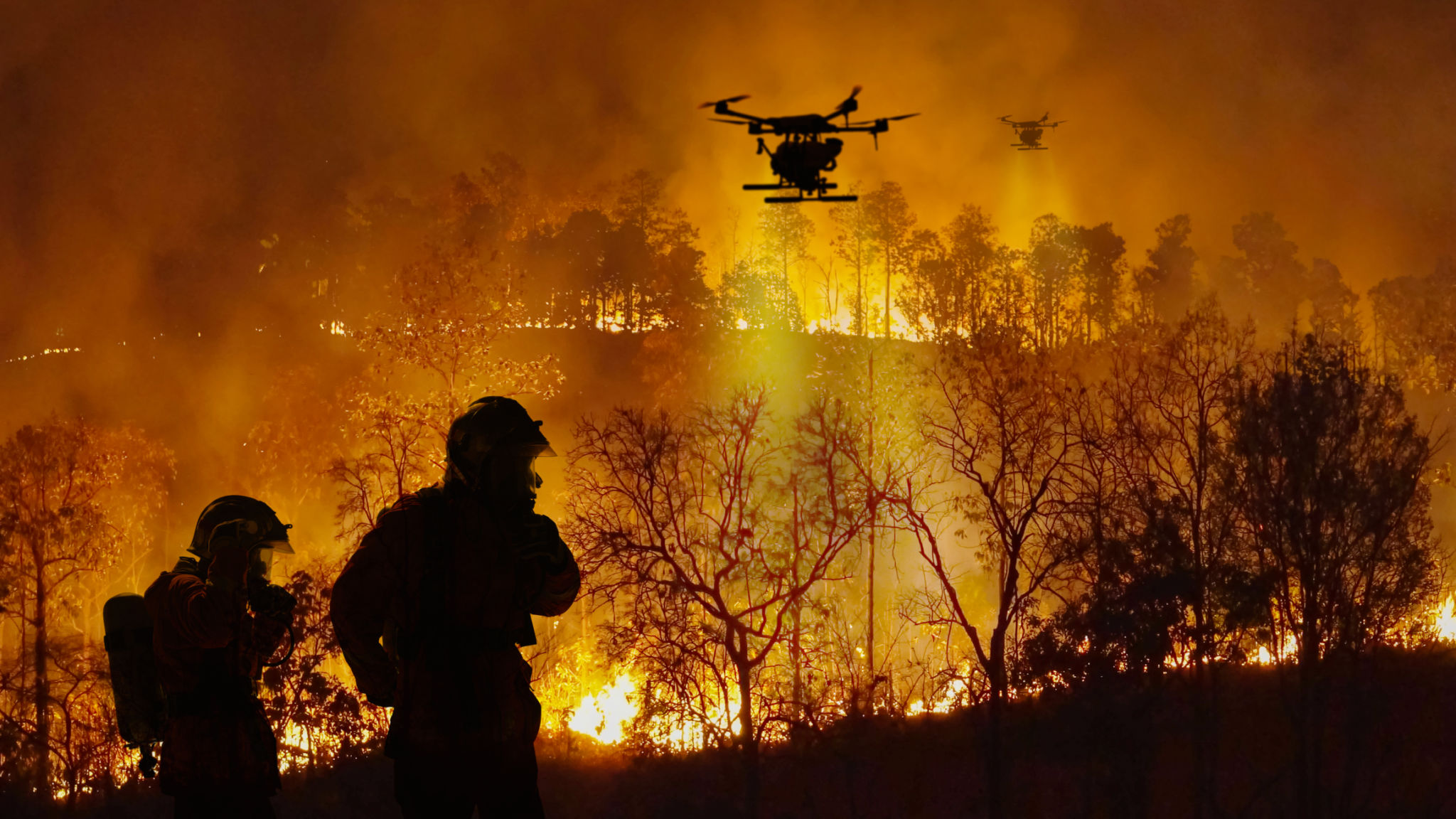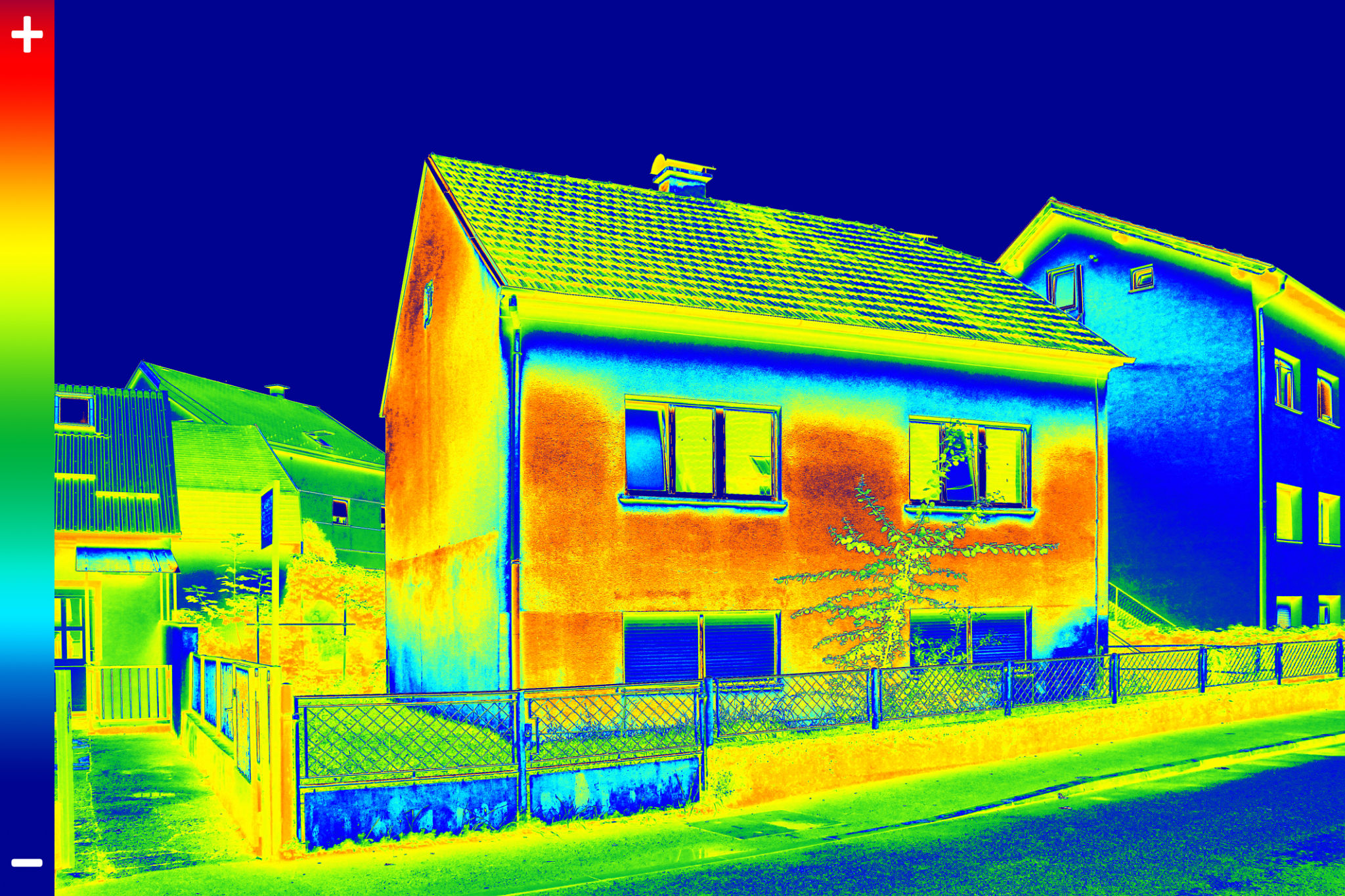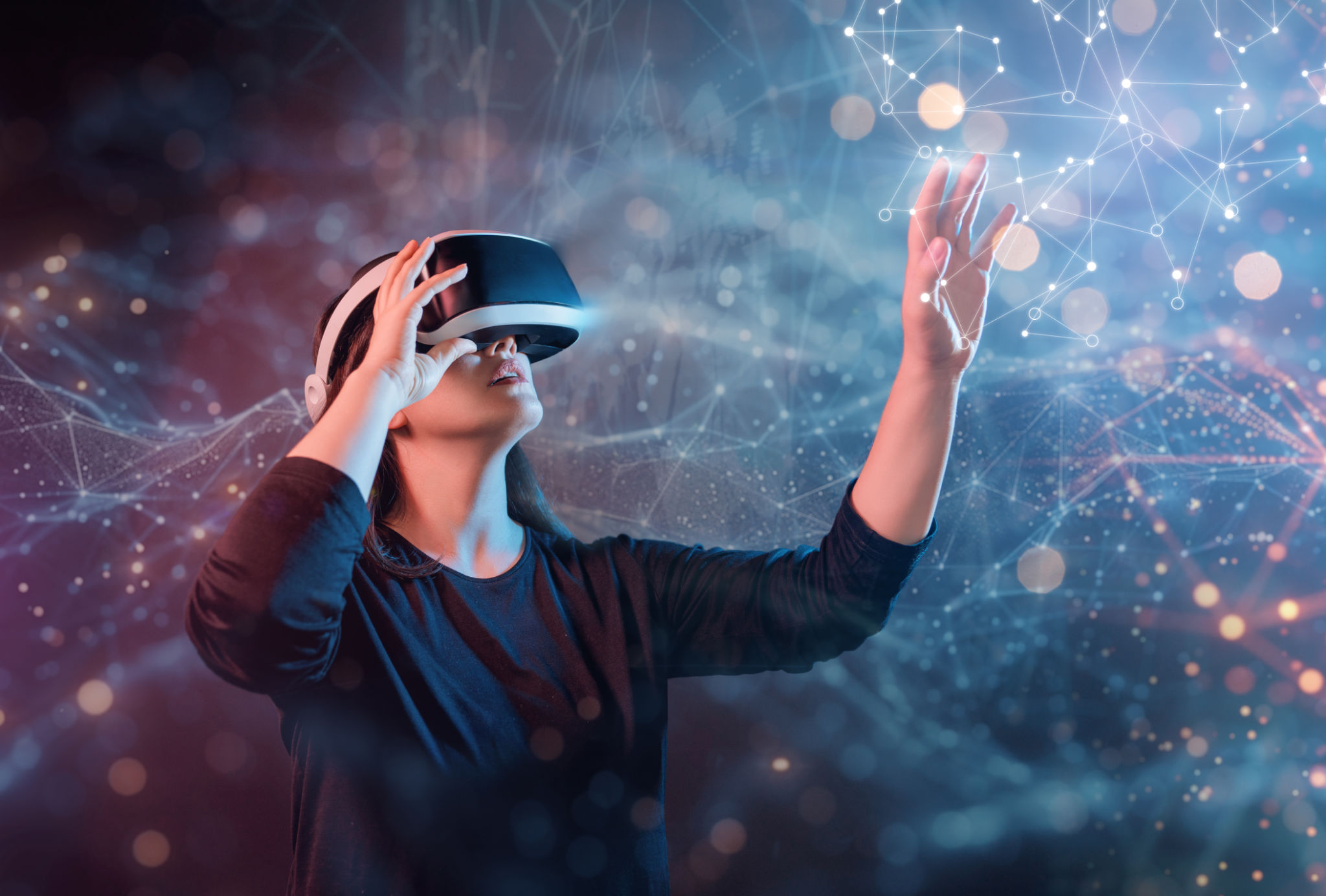Top 5 Emerging Technologies in Home Inspections
Introduction to Emerging Technologies in Home Inspections
Home inspections have long been a crucial step in the real estate process, ensuring that buyers and sellers have a clear understanding of a property's condition. As technology continues to advance, the home inspection industry is experiencing significant transformations. Emerging technologies are making inspections more efficient, accurate, and comprehensive. In this blog post, we'll explore the top five technologies reshaping the landscape of home inspections.

1. Drones for Roof and Exterior Inspections
Drones have become an invaluable tool for home inspectors, particularly when it comes to examining roofs and exteriors. Traditionally, inspecting these areas required ladders and significant physical effort. With drones, inspectors can now capture high-resolution images and videos of hard-to-reach places safely and efficiently. This technology not only enhances safety but also provides a more detailed view of potential issues such as missing shingles or gutter problems.
Advantages of Drone Technology
Using drones for inspections offers numerous advantages. Firstly, they reduce the risk of accidents related to climbing roofs. Additionally, drones provide a comprehensive aerial perspective, allowing inspectors to identify problems that might not be visible from the ground. Furthermore, high-definition imagery ensures that every detail is captured and documented.

2. Thermal Imaging Cameras
Thermal imaging cameras are revolutionizing the way inspectors detect hidden issues in homes. These devices use infrared technology to identify temperature variations within a structure, revealing problems such as insulation deficiencies, moisture intrusion, and electrical faults. By visualizing heat patterns, inspectors can pinpoint areas that require further investigation.
Uncovering Hidden Issues
Thermal imaging is particularly useful for detecting water leaks or areas prone to mold growth, as these problems often manifest as temperature anomalies. Inspectors can utilize this technology to provide homeowners with a more comprehensive understanding of their property's condition, ultimately leading to more informed decisions.

3. Artificial Intelligence and Machine Learning
The integration of artificial intelligence (AI) and machine learning in home inspections is paving the way for smarter analysis and reporting. AI algorithms can process vast amounts of data collected during inspections, identifying patterns and anomalies that may indicate potential issues. This technology enhances accuracy and reduces the likelihood of human error.
Enhanced Reporting and Predictive Maintenance
AI-powered software can generate detailed reports that highlight critical findings and suggest necessary maintenance actions. Moreover, by analyzing historical data, AI systems can predict future problems, allowing homeowners to proactively address issues before they escalate.
4. Mobile Inspection Apps
Mobile inspection apps are streamlining the inspection process by enabling inspectors to document findings in real-time using their smartphones or tablets. These apps often come with features such as customizable checklists, photo annotation, and report generation, making the inspection process more efficient and organized.

Convenience and Accessibility
The convenience of mobile inspection apps allows inspectors to easily share findings with clients via digital reports. This instant accessibility facilitates better communication between all parties involved in a real estate transaction, ensuring transparency and quicker decision-making.
5. 3D Imaging and Virtual Reality
3D imaging and virtual reality (VR) technologies are transforming how inspections are conducted and presented. By creating detailed 3D models of properties, inspectors can offer virtual walkthroughs that allow clients to explore a home remotely. This technology is particularly beneficial for buyers who are unable to visit a property in person.
Interactive Virtual Walkthroughs
Virtual reality offers an immersive experience that goes beyond traditional photos or videos. Prospective buyers can navigate through a property at their own pace, examining every nook and cranny as if they were physically present. This interactive approach enhances the buying experience and provides a clearer understanding of the home's layout and condition.

The adoption of these emerging technologies in home inspections is transforming the industry, providing more accurate assessments and improving overall efficiency. As these technologies continue to evolve, homebuyers and sellers can expect even greater transparency and reliability in the inspection process. Embracing these innovations not only enhances safety and accuracy but also ensures that everyone involved in real estate transactions has access to the most comprehensive information available.
